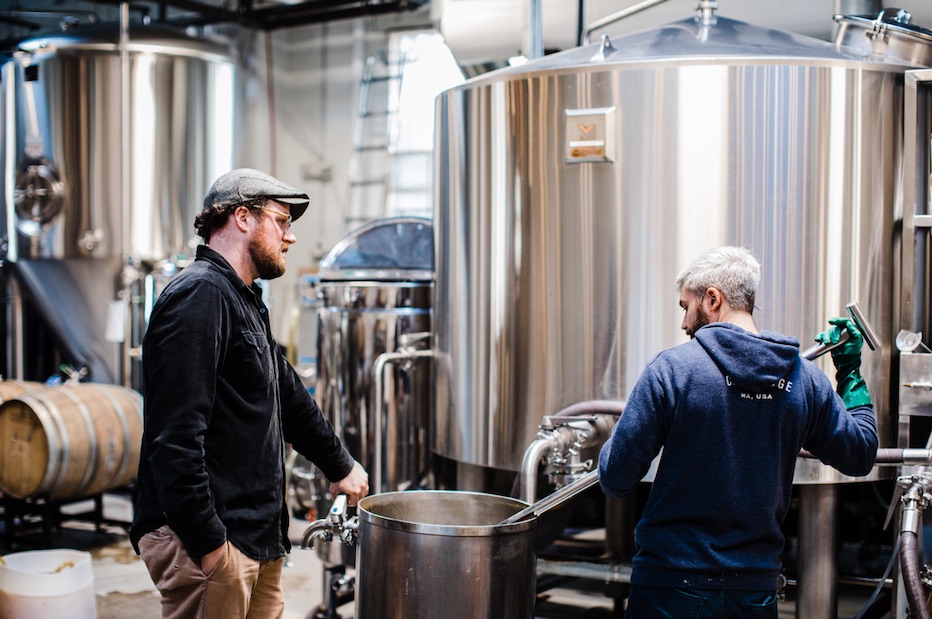When walking through a brewery, attention is often paid to the workhorse brewhouse, the large-barrel mash tun doing a yeoman’s lift and the large fermenters where the magic is happening. More and more these days there are little brew kits tucked in a corner or off to the side that are not as flashy, but are doing the heavy research and development lift, resulting in beers that could one day get a full commercial release. The pilot brewery.

Innovation featured expert topic supported by Craft Kettle Brewing Equipment
The pilot brewery has become a go-to necessity for breweries of all sizes. This has been thanks to innovation with process, new ingredients, a boundless brewer creativity, and consumer demand.
“We’ve always had a pilot system,” says Tyler Fitzpatrick the brewmaster at Lamplighter Brewing in Cambridge, Massachusetts. “We have our 20 barrel brewhouse and our three barrel pilot. Both came online at the same time.”
In the early days of the brewery the pilot system was enormously helpful in getting beer into fermenters quickly and ready for taproom sales. The larger system now handles the bulk of the work, especially as Lamplighter went into distribution, but the smaller system still gets used regularly.
Fitzpatrick says that it makes sense for a brewery to have a pilot system that compliments its main system. So, a three barrel makes sense for a 15 or 20 barrel brewhouse. That size would likely compliment a 50 or 100 barrel brew house.
It also makes sense to pick a pilot size that can handle taproom demand. This is especially helpful for breweries that have large system that is dedicated to distribution demand. A pilot system allows for nimbleness on in-house draft.
“The beer brewed should be to move quickly,” says Fitzpatrick. A pilot system can also be good for beers once that got full production runs but have lost steam in the larger marketplace but has a smaller local following.
Some breweries use their pilot systems to teach non-brewing employees how to make beer or to try out specialty recipes. This can be a rewarding team-building experience and a sense of pride for employees when the beer is tapped.
Fitzpatrick regularly uses the pilot system to trail new beers and ingredients. He cautions that knowing both systems well helps avoid headaches down the line. For instance, if one is direct fire and the other steam heated, or if electric is thrown into the mix, understand the heat source and how it can affect ingredients and process. Same with oxygen and fermentation transfer.
Knowing those intricacies can save time and trouble down the line.
Ultimately, having a pilot system is a “great opportunity to mess around and have a chance at recipe development,” says Fitzpatrick.

